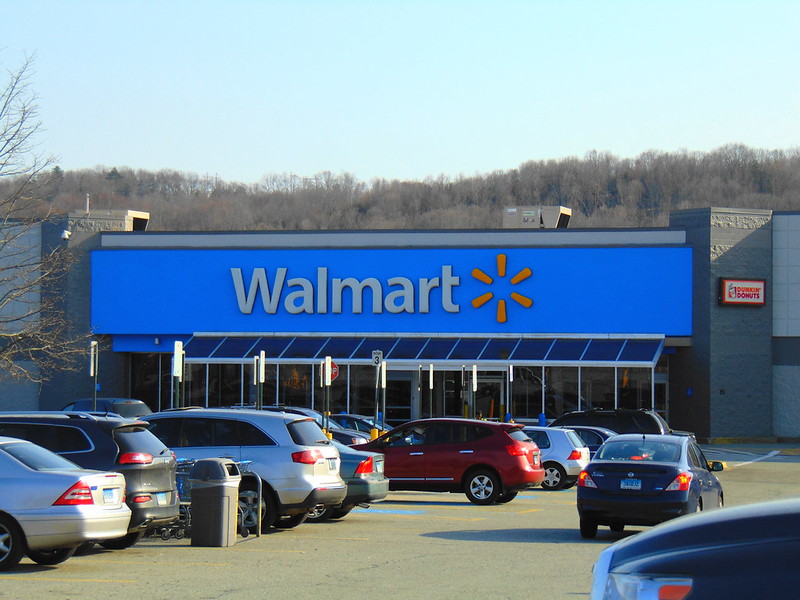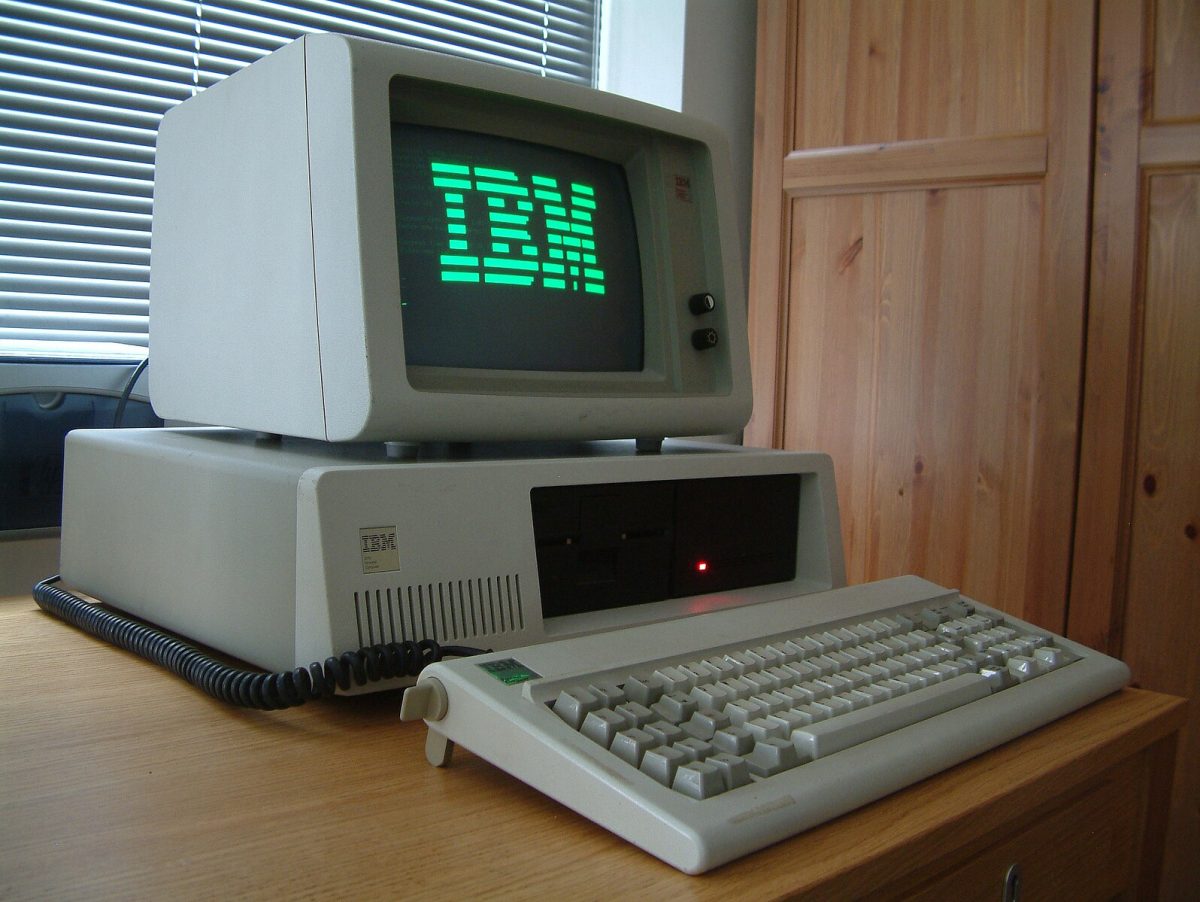It has been an incredibly busy three months for the U.S. stock market, bombarded by constant headlines focused on U.S. trade policy, yield curve inversion and a significant amount of attention directed towards the U.S. Federal Reserve.
Despite the consistent noise, the S&P 500 is still up 1.47% for the past three months with utilities, real estate and consumer staples leading the way, showing gains of 5.6%, 4.1% and 3.53% respectively, as of Sept. 23.
This seemingly strong growth is unfortunately not market-wide. Over the past three months, XLV, the index that tracks the healthcare industry, has fallen 2.18%, led by declines in drug manufactures Johnson & Johnson and Pfizer Inc., as well as healthcare providers like Anthem and UnitedHealth Group Inc.
These sectors have been in the spotlight of American politics for the past year, with President Donald Trump pushing for lower drug prices and many Democratic candidates using universal healthcare as a key talking point in debates.
Increasing uncertainty caused by these proposed policy changes and increased regulations are causing many investors to stray away from healthcare companies that have large amounts of revenue concentrated in these areas.
Johnson & Johnson have been facing a large amount of backlash for its predatory marketing strategies for its poppy plant, Norman, used in the production of painkillers used by Purdue Pharma. Oklahoma is the first state to follow through with a lawsuit targeting the $350 billion drug maker for $572 million, naming it a main cause in the opioid epidemic sweeping across America. This is the third lawsuit for Johnson & Johnson in the past year, highlighting the increased risk that investors are seeing in the industry.
Although equity investors have been reducing exposure to healthcare, acquisition activity in the industry is increasing rapidly as companies try to diversify their pipelines and gain access to new patents rather than investing money into researching and developing new drugs.
In 2019, healthcare has been the second busiest sector in terms of acquisitions, with a total of $362.2 billion worth of deals, the largest being by Bristly Myers Squib for about $74 billion and AbbVie Inc. for $63 billion.
Companies like Pfizer have been attempting to diversify their revenues streams via acquisitions. This June, Pfizer committed to the acquisition of Array Biopharmaceuticals in an $11.8 billion deal. The acquisition of Array deepens Pfizer’s drug portfolio in the cancer space, with two drugs used to target metastatic melanoma, as well as 30 other drugs that are still in the process of development.
Among the drugs in development is one that targets colorectal cancer, an illness which last year 140,000 patients were diagnosed and which claims 50,000 deaths annually.
Pfizer’s acquisition of this research could be another addition of a life saving drug to the company’s portfolio. Pfizer’s stock dropped 20% after the announcement.
This will be an interesting sector to watch coming into the 2020 election, with investors bracing for further increased pricing pressure, political risk and a further shift on how pharmaceutical companies are approaching ways to grow revenues.






